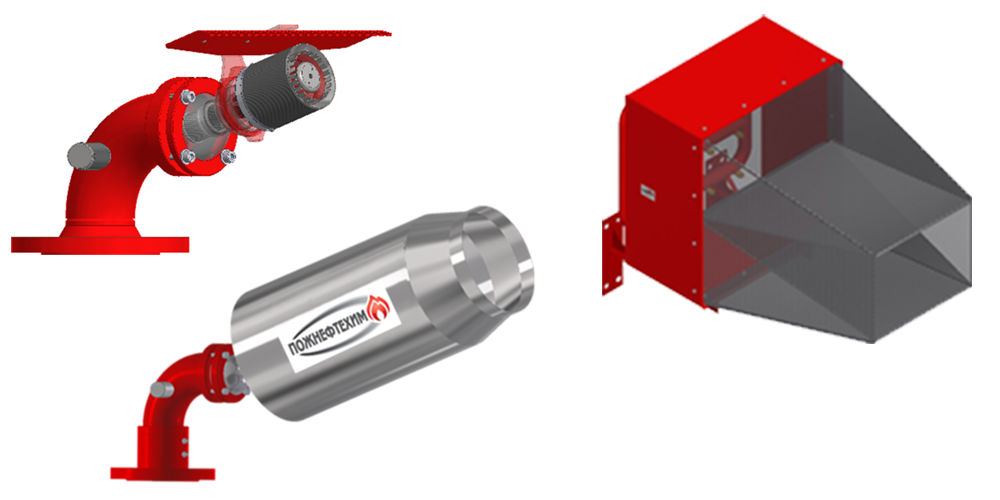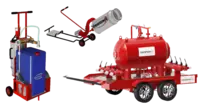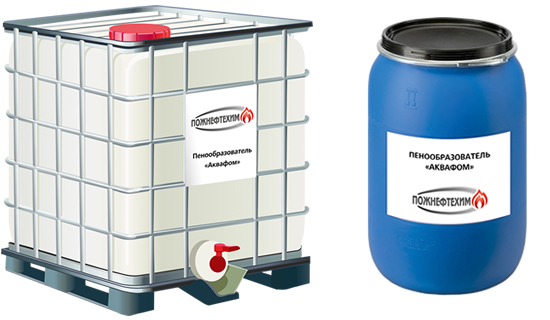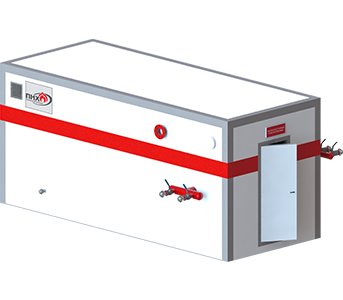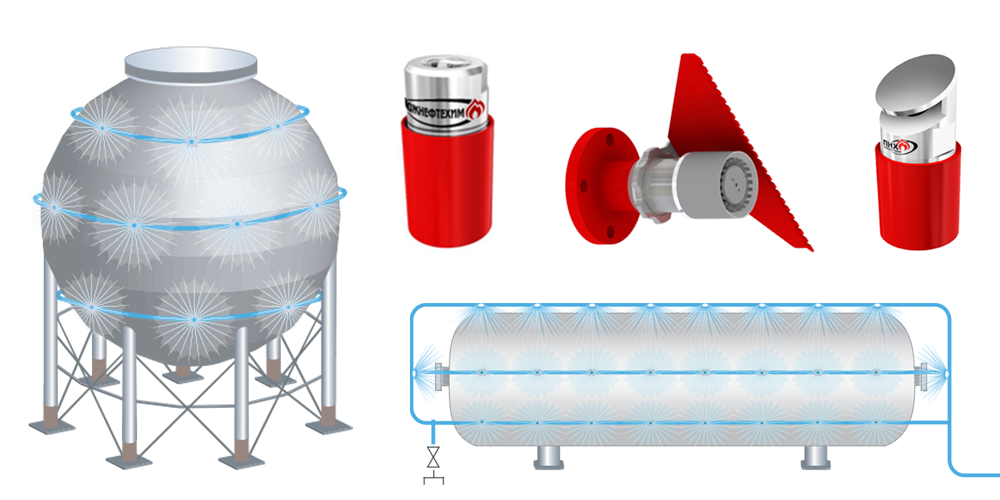HELICOPTER DECKS AND HELIPADS: FIREFIGHTING AND FIRE PROTECTION INSTALLATIONS

Helicopter decks and helipads are an essential element of many strategically important facilities. They are located on offshore oil platforms and various enclosed industrial, production and civil facilities. The safety of a helicopter and people who ensure the functioning of the helipad is a priority for industrial and fire hazard specialists. Therefore, we recommend the use of modern reliable and effective fire extinguishing means for helipads. In the section, we consider fire protection systems based on DIFFS pop-up nozzles, Antifire universal water/foam nozzles, Turbopen universal foam generators, fire monitors. Focus is exclusively on practical issues and important theoretical calculations from the main regulatory documents.
A citation from a VNIIPO EMERCOM of Russia letter to the Pozhneftehim: “according to clause 8.3 of SP 135.13130.2012 “Helipads. Fire Safety Requirements” for the fire protection of helipads it shall be allowed to use various devices for supplying fire extinguishing substances (OTV). The devices used must be certified ... Clause 8.14 SP 135.13130.2012 shall apply both to fire monitors installations and other fire extinguishing installations”.
Choose your fire extinguishing system
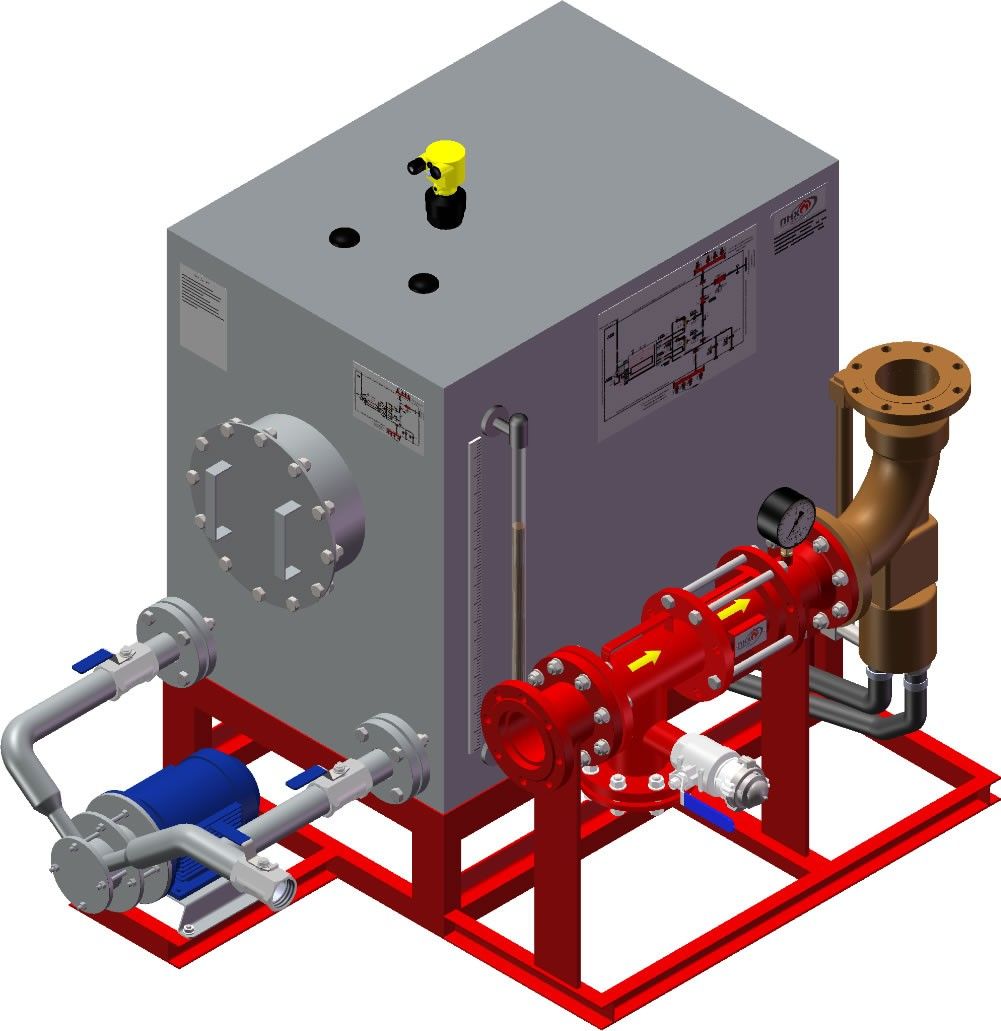 Foam concentrate storage and proportioning system (SKhDP)
Foam concentrate storage and proportioning system (SKhDP)
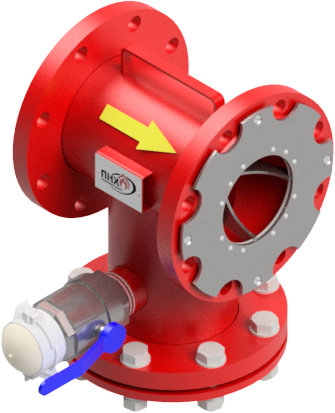 Tauer universal fire filter (PFU)
Tauer universal fire filter (PFU)
 MasterPen foam fire cabinet (SPP)
MasterPen foam fire cabinet (SPP)
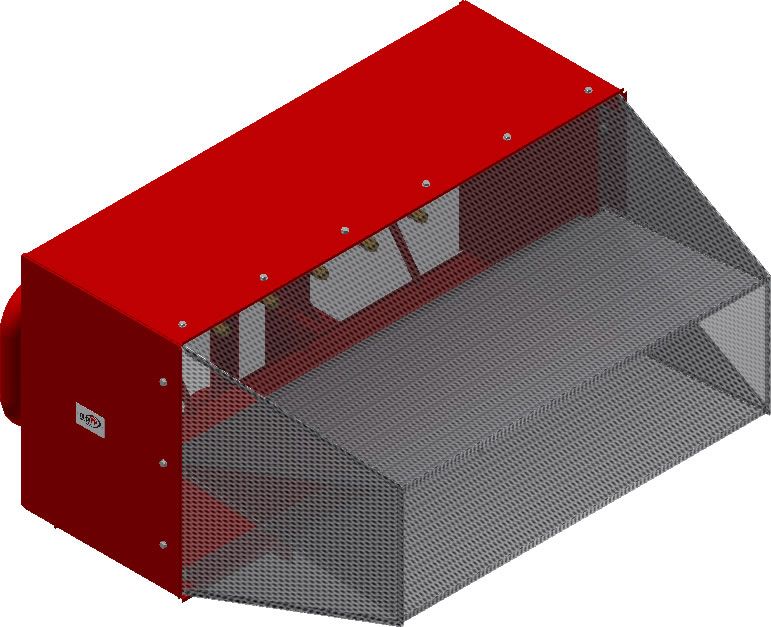 Favorit ejection high pressure foam generator (GVPE)
Favorit ejection high pressure foam generator (GVPE)
 Turbopen universal foam generator (UGP)
Turbopen universal foam generator (UGP)
Automatic foam extinguishing systems for helicopter decks
Requirements for automatic foam fire extinguishing installations are contained in the following documents:
- SP 135.13130.2012 Helipad. Fire safety requirements;
- ICAO Helipad Manual (ICAO - International Civil Aviation Organization).
To assess the technical level of domestic standards, the following documents were studied and analyzed:
- NFPA 418 Standards for Helipads
- CAP 437 Standards for offshore helicopter landing areas;
- CAP 1264 Standards for helicopter landing areas at hospitals;
- NORSOK C-004 Helicopter deck on offshore installations.
Statutory, helipads are divided into ground/elevated above the ground and placed on the roofs of buildings. The requirements for ground-based and elevated helipads are set forth in the ICAO Guide to Helipads. As to helicopter decks placed on the buildings’ roofs see SP 135.13130.2012.
These documents are fundamentally different in approaches to the extinguishing of helicopter decks and helipads.
ICAO Key Points:
- the use of foam concentrates of characteristics level B (table 6-2, 6-3);
- for land heliports foam shall be applied within 2 minutes to the critical area (Clause 6.6.5, ICAO Section 6.5);
- for elevated heliports above the ground, foam shall be fed within 10 minutes to the entire heliport site (clause 6.6.5, clause 6.6.6);
- there are no requirements for foam multiplicity and types of foam generators.
It should be noted that ICAO is an international standard developed not in our country, therefore it requires for a different definition of level B characteristics is unrealizable in Russia, as GOST R 50588-2012 classification is different. Accordingly, it is impossible to test and certify foam concentrates of level B characteristics (no procedures available).
The requirements for foam concentrate of characteristics level B are laid down in EN 1568-3: 2005. Such foam concentrate must be checked for burn back, and, therefore, correspond to the S/AR and AFFF foam concentrates according to GOST R 50588-2012.
The small response time and the application time of the extinguishing agent allow making the fire extinguishing installation compact and placing all the necessary equipment, including water tanks, in the Vityaz BK-PT block container.
The main provisions of SP 135.13130.2012:
- a set of technical means should ensure timely evacuation (rescue) of the helicopter crew and its passengers to a safe area (Section 4.4);
- the application of extinguishing agent shall be provided with combined fire monitors in accordance with GOST R 51115, fire robots in accordance with GOST R 53326 and other OTV supply devices (clause 8.3);
- foam concentrates must comply with GOST R 50588 (clause 8.2);
- the estimated protected area should be taken not less than the internal area of the helipad (helicopter deck), limited along the perimeter by the borders (clause 8.18);
- irrigation intensity of the estimated protected area - not less than 0.14 l/(s · m²) (clause 8.18);
- the duration of the foam application (one extinguishing) - at least 600 s (clause 8.18);
- response time of the fire extinguishing installation - not more than 60 s (clause 8.18);
- the supply pipelines of stationary fire extinguishing installations laid outside on the roofs of buildings or structures to the OTV supply devices should be heated to prevent freezing of the OTV in the cold season (at air temperatures below 5 °C) (clause 8.23).
The requirement to provide heated supply pipelines is extremely controversial, since these pipelines are dry in a standby mode, their length is small, the water flow rate is high, and the installation operating time is small. We practically recommend not to arrange such a heating and justify it by calculation.
In SP 135.13130, fire monitors are provided as the main means of extinguishing and there is a link to other fire extinguisher application devices without defining their type.
Foreign regulatory documents say that the priority way of applying foam to the helipad is by using pop-up nozzles mounted into the helicopter deck (DIFFS - Deck Integrated Fire Fighting System). The use of fire monitors as foam supply devices should only be with serious justification, since the reactive force of the jet can harm rescuers, the helicopter crew and passengers, and also lead to a helicopter accident in case of false operation. DIFFS pop-up nozzles are simple and reliable and do not require any drives, since they open by the pressure of the foam concentrate.
VNIIPO believes that pop-up nozzles can be used for foam fire extinguishing installations in helipads.
To finally suppress blind areas, we recommend using a foam fire cabinet (ShPP) on a fire water application or fire cabinets with foam manual nozzles.
Schematic diagram of installation for fire extinguishing in helipads with fire monitors
Advantages:
- high nominal flow rate;
- possible of manual control.
Disadvantages:
- complicated control system;
- high flow rate and pressure do not allow evacuation and rescue of people during the operation of the fire extinguishing installation;
- high price;
- the need to install fire monitors remotely from helipads to provide a safety zone or place them in niches;
- sensitive to wind loads.
Schematic diagram of the installation of fire extinguishing at helipads with Turbopen medium expansion foam generators.
Medium expansion foam generators and mixed foam generators have the largest overall dimensions. To provide the FATO zone, such foam generators are placed either far from the helicopter landing site, or provide special boxes with automatically opening covers, and the generators themselves are equipped with electric driven telescopic lifts.
Disadvantages:
- require high inlet pressure;
- jet spread length and irrigation map are highly dependent on wind direction and speed;
- bulky dimensions oblige to provide for complex and expensive boxes with cover drives and telescopic lifts;
- high price;
- complicated control system;
- no similar equipment is mentioned in the world practice of firefighting;
- large jet reaction does not allow for safe evacuation from a helicopter.
Schematic diagram of the installation of extinguishing a fire at helipads with Antifire universal water/foam nozzles.
Advantages:
- uniform distribution of extinguishing agent;
- no remote control is required, which reduces the amount of installation and maintenance work;
- low cost;
- minimum delivery time;
- effective for helipads in a limited area (the roof of the building).
Disadvantages:
- high pressure on the nozzle 0.75 MPa.
Features of Antifire UVPN:
- resistant to high temperatures;
- allows to configure the most effective irrigation maps, taking into account the design features of the protected objects;
- equipped with an integrated fine filter.
Schematic diagram of the installation of extinguishing a fire at helipads with pop-up nozzles
Pop-up nozzles jump out from the helicopter deck under water pressure. This ensures minimal response time since no drive control is required.
Advantages:
- Ideal for prefabricated metal helicopter decks;
- no remote control is required, which reduces the amount of installation and maintenance work;
- low cost;
- installation directly into the helicopter deck;
- effective under strong wind loads.
Disadvantages:
- for reinforced concrete decks, it is necessary to provide special drainage trays in which the pipeline network and the pop-up nozzles themselves are installed.
Pop-up nozzles have a number of unique advantages:
- recommended as the main means of foam supply in international and foreign standards;
- provide the possibility of rescue and evacuation of the helicopter crew and passengers during the operation of the fire extinguishing installation;
- minimum pressure on the nozzle (0.3 MPa);
- The best solution for tall buildings, offshore platforms and ships.
Design. Interaction of Pozhneftehim divisions with a design organization (STU, MOPB, etc.).
The Pozhneftehim has extensive experience in the development of integrated foam fire extinguishing systems for helicopter decks and helipads of various purposes and levels of responsibility.
Contact information to order Pozhneftehim complex supplies
Questions concerning the choice of foam concentrates for fire extinguishing
Tatyana Potapenko, foam project manager +7 (499) 703 01 32, ext.172
Questions concerning the choice of firefighting equipment
Sergey Vypritsky, Project Manager +7 (499) 703 01 32, ext.153
Questions on documentation regarding Fire safety measures (MOPB) and Special technical conditions (STU)
Sergey Titenkov, Head of Regulatory and Technical Department +7 (499) 703 01 32, ext.159


 Antifire bladder tank (BD)
Antifire bladder tank (BD)  Fire stabilizer (PUS)
Fire stabilizer (PUS)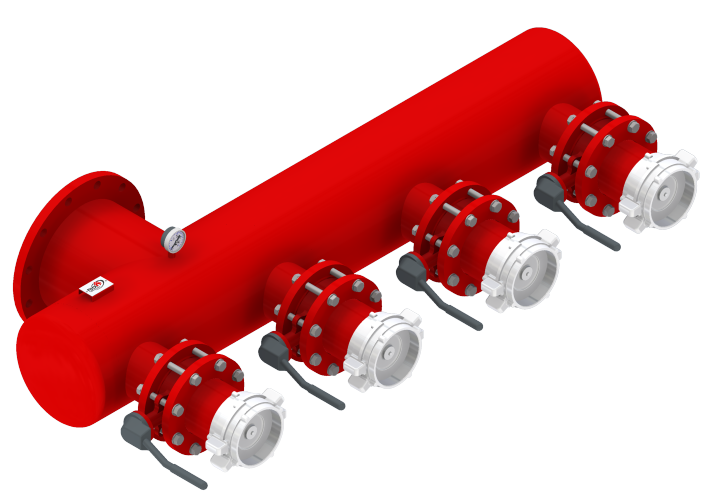 Fire hydrant manifolds (UPT)
Fire hydrant manifolds (UPT) 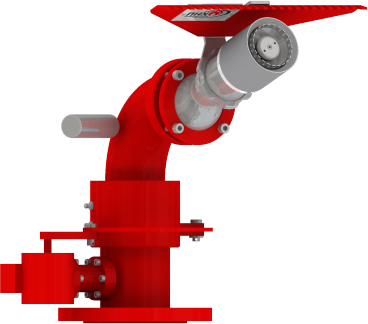 Antifire Universal water/foam nozzle (UVPN)
Antifire Universal water/foam nozzle (UVPN) 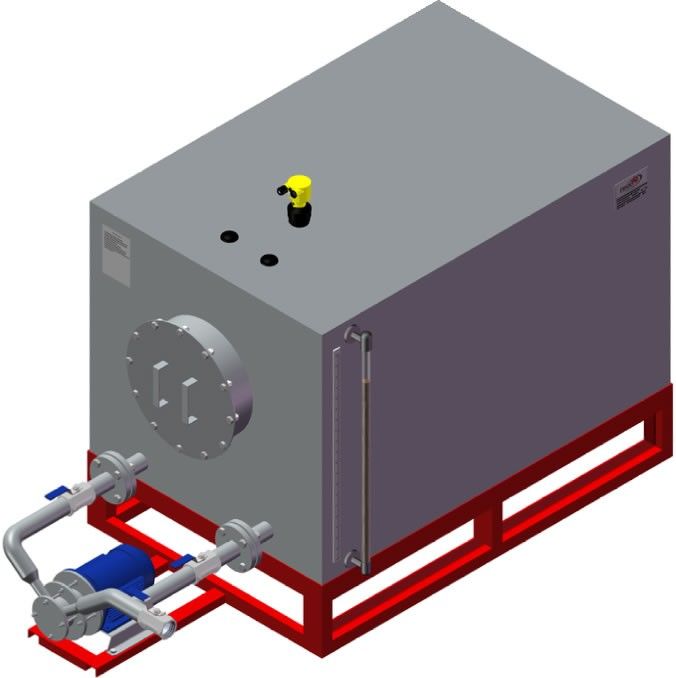 Tank for firefighting water storage (EKhP)
Tank for firefighting water storage (EKhP)







